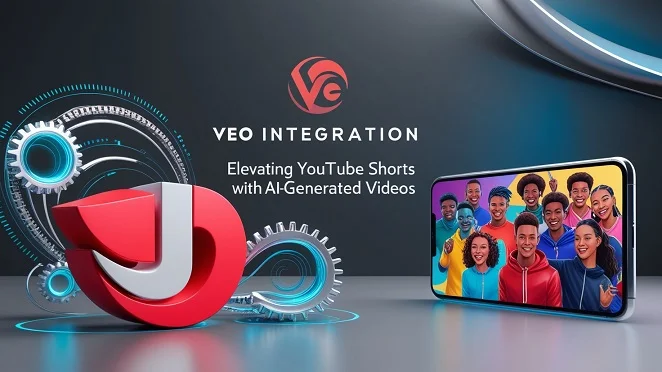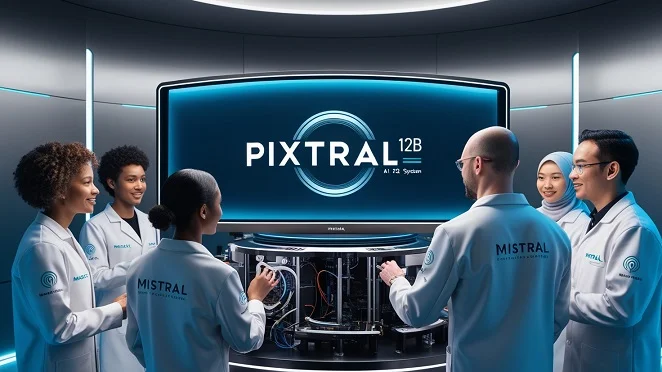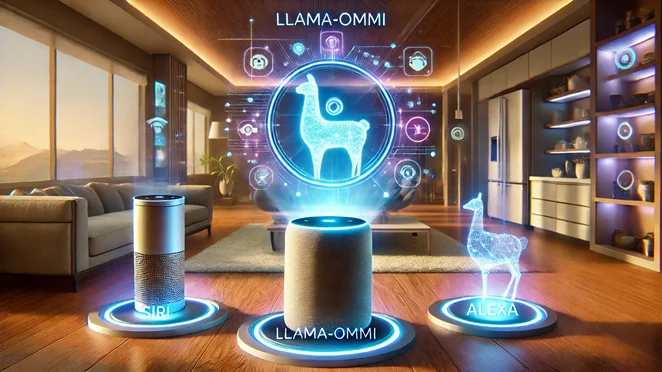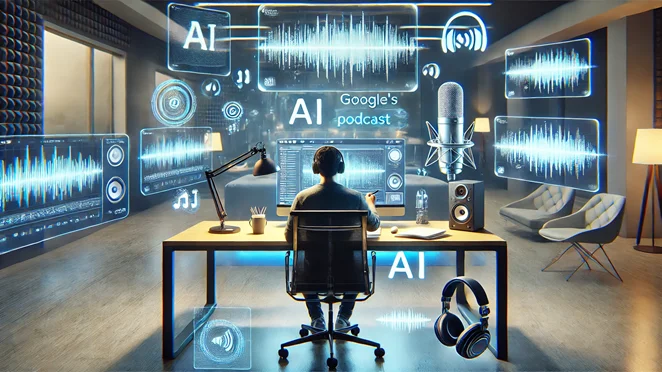
On July 11, the first generative AI tool began operating aboard the ISS, marking a milestone in space technology. This advanced model will help astronauts with maintenance, showcasing AI’s potential for future space missions.
The project focus was to demonstrate LLM and Generative AI can tackle major challenges with greater accuracy. Let’s see how it is reshaping the future with advancements in Artificial Intelligence.
Why Come Generative AI?
Well the main reason behind the adoption of Generative AI is simplifying complicated tasks in space. In space, it is necessary to take care of factors like weight, size, power, and bandwidth, for which AI applications have been used.
AI applications rely heavily on large databases and consume lots of computing power for tasks to do. These hassles are difficult to manage in a very complicated area like space. To tackle this big concern, an LLM retrieval-augmented generation (RAG) application was re-architected and drastically simplified, along with its computing and power requirements.
What Makes Generative AI Standout?
The major standout feature of the Generative AI is autonomy. Generative AI can make spacecraft and their crews much more self-sufficient by reducing reliance on remote information from ground stations and control centers.
Imagine a maintenance crew. Having an LLM for astronauts’ assistance. Without any directions to astronauts via communication links, it delivers greater autonomy to the crew. Isn’t it amazing to have such brilliant AI assistance?
Another feature of Generative AI is speed. For speed operators, speed is an important factor as there would be no compromise on the latency of satellite communication. There are also some unbearable cybersecurity vulnerabilities in transferring sensitive information.
Generative AI provides capabilities to tackle speed issues using anomaly detection or complex imagery analysis. Further development could enable spacecraft to autonomously avoid debris and assist with docking, all faster and cheaper, with less size and power.
With the advancement of Generative AI, we have seen that it has taken a rule over safe and innovative flight. But, there is much more on the horizon. To get informed with what’s ahead stay connected.















